The Science Behind Functional Balance: improving your awareness of your balance health!
Our loss of functional balance usually goes unnoticed and overlooked, and consequently, our loss of balance may go unnoticed until a fall happens
Written by Stannah
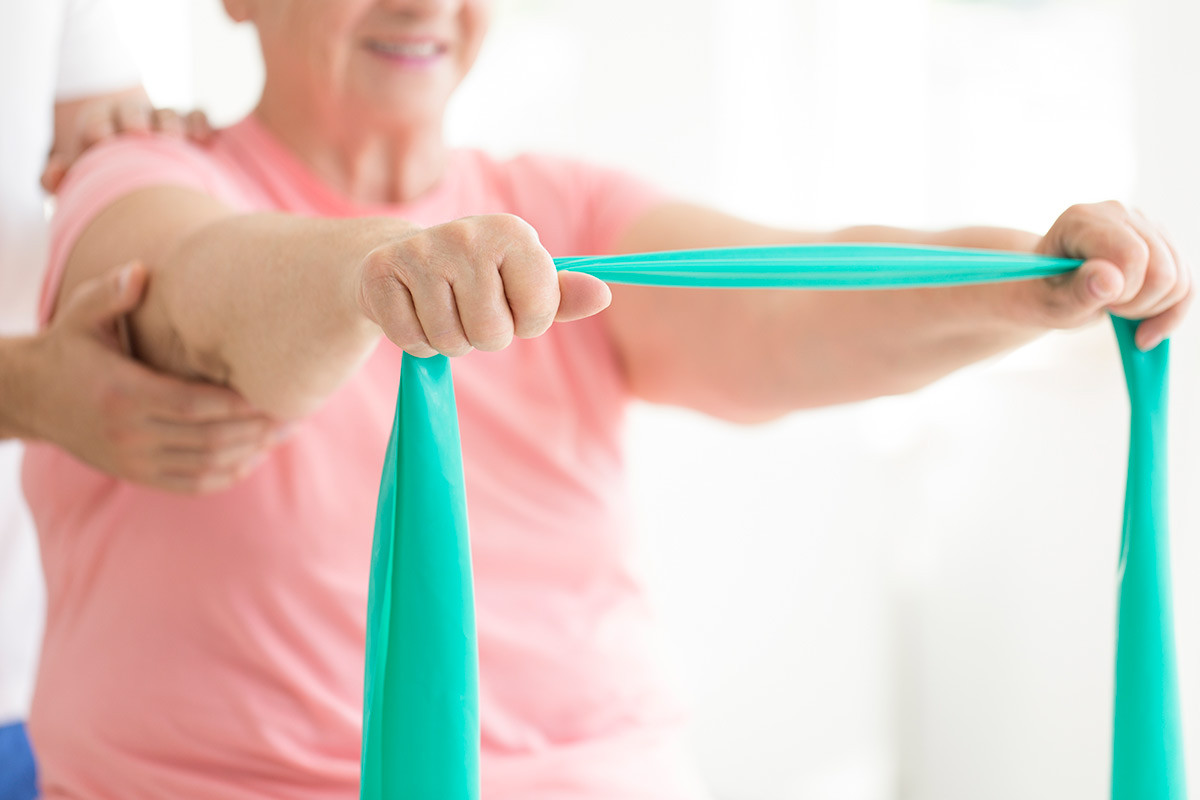
As the number of over 65s grows rapidly, concern has grown about the quality of life of the elderly. The concern is even greater if we consider that old age is associated with multiple biological risk factors like muscle weakness, reducing functional balance control or gait disorders, which lead to a higher incidence of falls. Of all these factors, our sense of balance is usually overlooked, and consequently, our loss of balance may go unnoticed for a long time.
Thanks to research done by Grover, Atkin and McGinley entitled “Certainty as a Provocation”, we now understand that we cannot completely trust our perception of balance and quantitative measurement is needed to accurately assess our level of functional balance. And if we think about it, we hardly ever question our sense of balance! We take it for granted most of the time. Therefore, our goal is to promote knowledge of functional balance and self-awareness for the elderly when they’re going about their daily activities, so they can identify what they struggle with most and work to improve it.
The Science behind functional balance
The knowledge of what is behind functional balance or balance deficits is crucial in understanding why the elderly are more predisposed to suffer a fall. Being able to identify a balance deficit will help us take the necessary measures to, at the very least, reduce the frequency and the severity of falls, if not prevent them from happening in the first place.
How does your balance work?
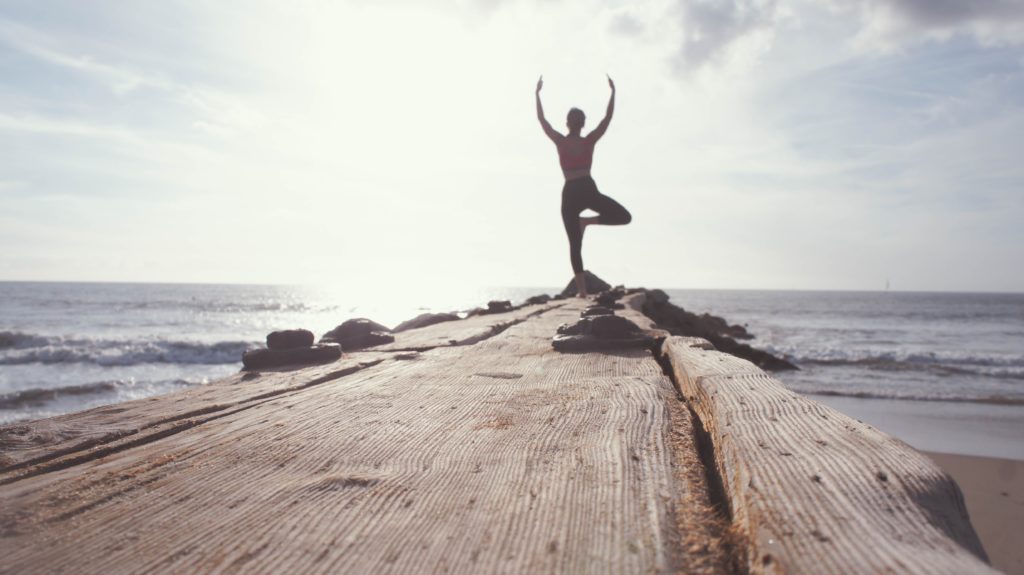
Balance is the foundation upon which all movement is based. It helps us walk, run, and move without falling. Balance and equilibrium are controlled through signals to the brain that come from our eyes, the inner ear, and from other sensory systems of the body such as the muscles and joints. Together, they form our balance system or, more precisely, the vestibular system.
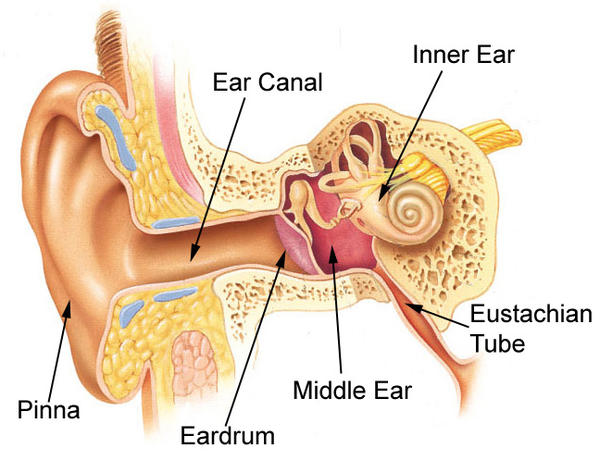
The inner ear consists of three semi-circular canals that contain fluid and sensors able to detect the rotational movement of the head. As the head moves, hair cells in the semi-circular canals send nerve impulses to the brain. The nerve impulses are processed in the brain to help us know where we are in space or if we are moving.
Although we know our balance starts getting gradually worse as soon as we reach the age of 35, you may only notice something is wrong with your sense of balance when you have vertigo or dizziness. It could be a sign of a problem with your vestibular system, such as Meniere’s disease, and you should see your doctor for specific treatment.
However, a loss of balance could also be a combination of other factors associated with old age, which are usually overlooked, such as loss of sight, loss of musculoskeletal strength, cognitive impairment related to ageing or even vitamin B12 deficiency. This can have a direct impact on mobility, making the person feel unsteady when standing or walking. That is why the risk of falling increases with age.
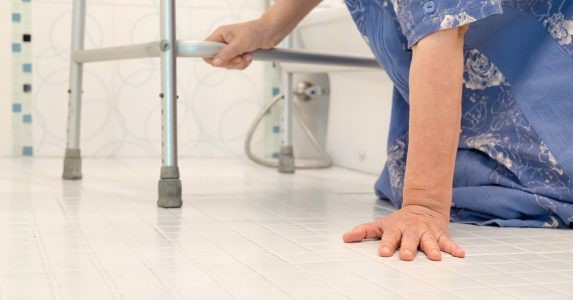
In the Global Report on Falls Prevention in Older Age (2007, p.5), the World Health Organization presented the following risk factor model related to falls and fall-related injuries, divided into the following categories:
Behavioural risk factors:
- Multiple medication use;
- Excess alcohol intake;
- Lack of exercise;
- Inappropriate footwear.
Environmental risk factors:
- Poor building design;
- Slippery floors and stairs;
- Loose carpeting;
- Insufficient lighting;
- Cracked or uneven sidewalks.
Socioeconomic risk factors:
- Low income and education levels;
- Inadequate housing;
- Lack of social interaction;
- Limited access to health and social services;
- Lack of community resources.
Biological risk factors:
- Age and gender;
- Chronic illnesses (e.g. Parkinson’s, Arthritis, Osteoporosis);
- Decline of physical, cognitive and affective capacities.
Balance Health assessment and fall prevention
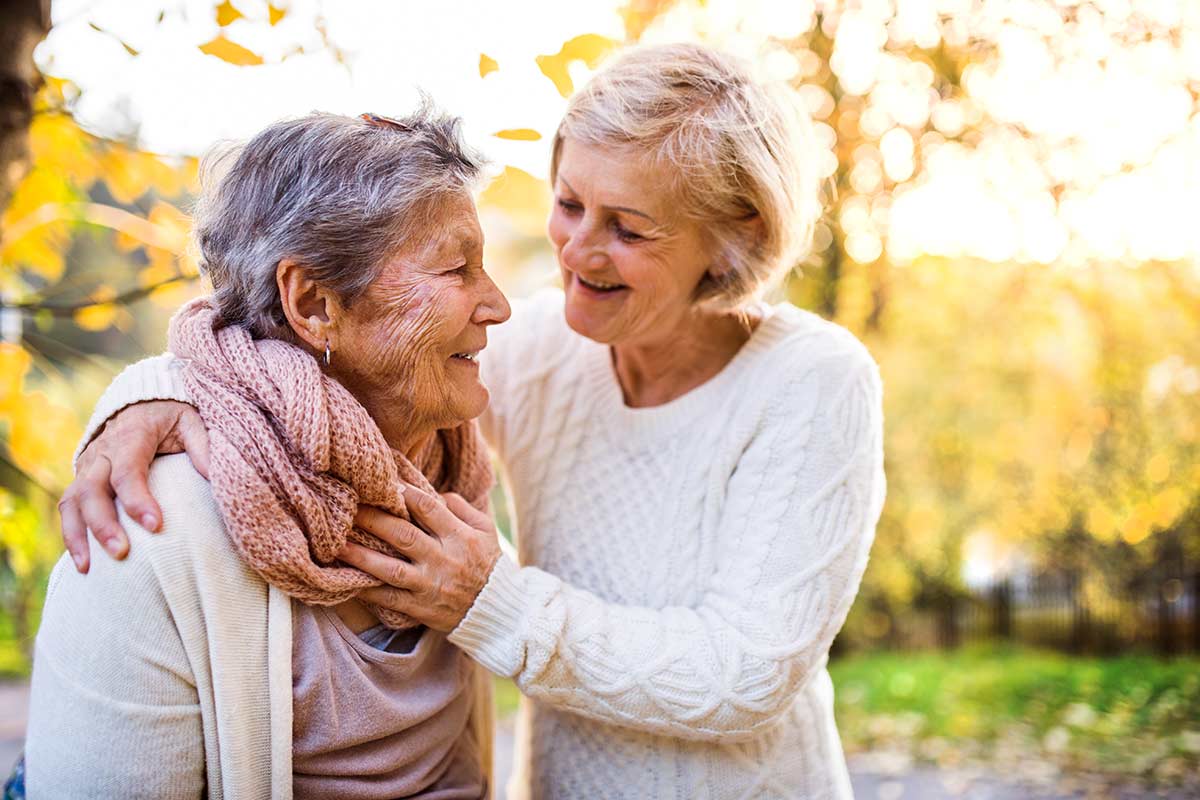
Preventing falls is not always an easy task because sometimes individuals lack self-awareness about their balance health, unless they have already fallen or somebody else points out they are stumbling too much.
Under the prevention perspective, and depending on the type of balance disorder that has been identified, it will most certainly require balance training prescribed by an occupational therapist. Usually, the training starts with a balance assessment, which will provide the physiotherapists with data to develop a specific intervention program. Physiotherapists usually use the Berg Balance Scale, which evaluates functional balance among older people during everyday situations, by providing quantitative data. Stannah, in partnership with the Royal College of Art (The Helen Hamlyn Centre for Design), has developed the Stannah Balance App. The goal is to have an accurate diagnostic device that assesses balance health both quantitatively and qualitatively, and provides dynamic balance exercises that, done over a sustained period of time, could improve static and dynamic postural balance and body alignment and ultimately boost balance confidence. Physical activity through functional exercises is essential to improve our balance. It strengthens our muscles and corrects our body posture, the combination of which can play an important role in fall prevention.
Ankle strengthening to improve functional balance and reduce risk of falls
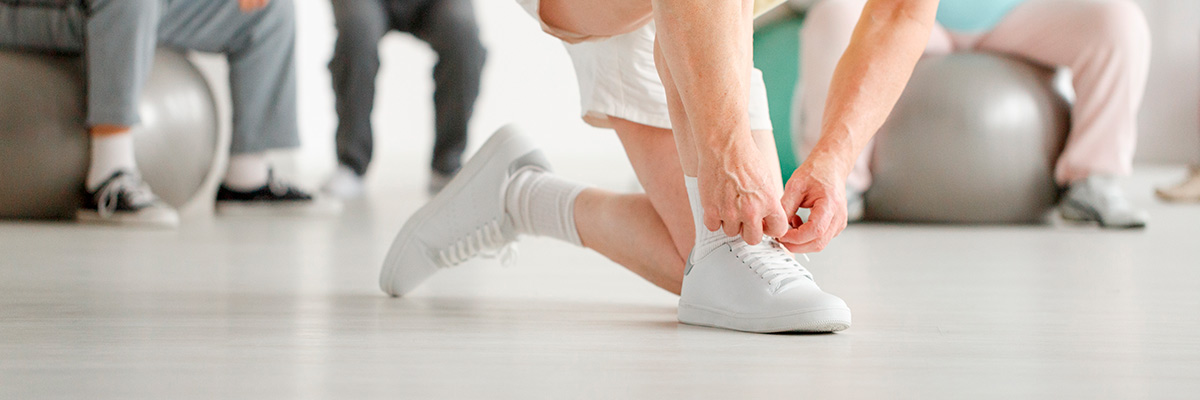
After testing our balance health and eliminating the possibility of any conditions related to the inner ear or vestibular system, we may come to the conclusion that loss of balance is due to ankle instability. When considering ankle stability, we should always consider knee and hips as well, as there’s a muscular synergy between them. That said, the ankle is the key to controlling dynamic balance.
And the best thing to improve ankle stability, as well as to improve gait, is functional exercises. These are task-oriented exercises that replicate everyday activities. As an older person will spend a lot of time at home, it is important to try to mimic everyday situations and focus on the movements that need to be performed. Once those are identified, try to improve them through exercise until they become unconscious processes. This will lead to better joint mobility and balance stability, as muscles and joints will be stronger, and gait will be improved.
Recovering functional balance and confidence after a hip fracture
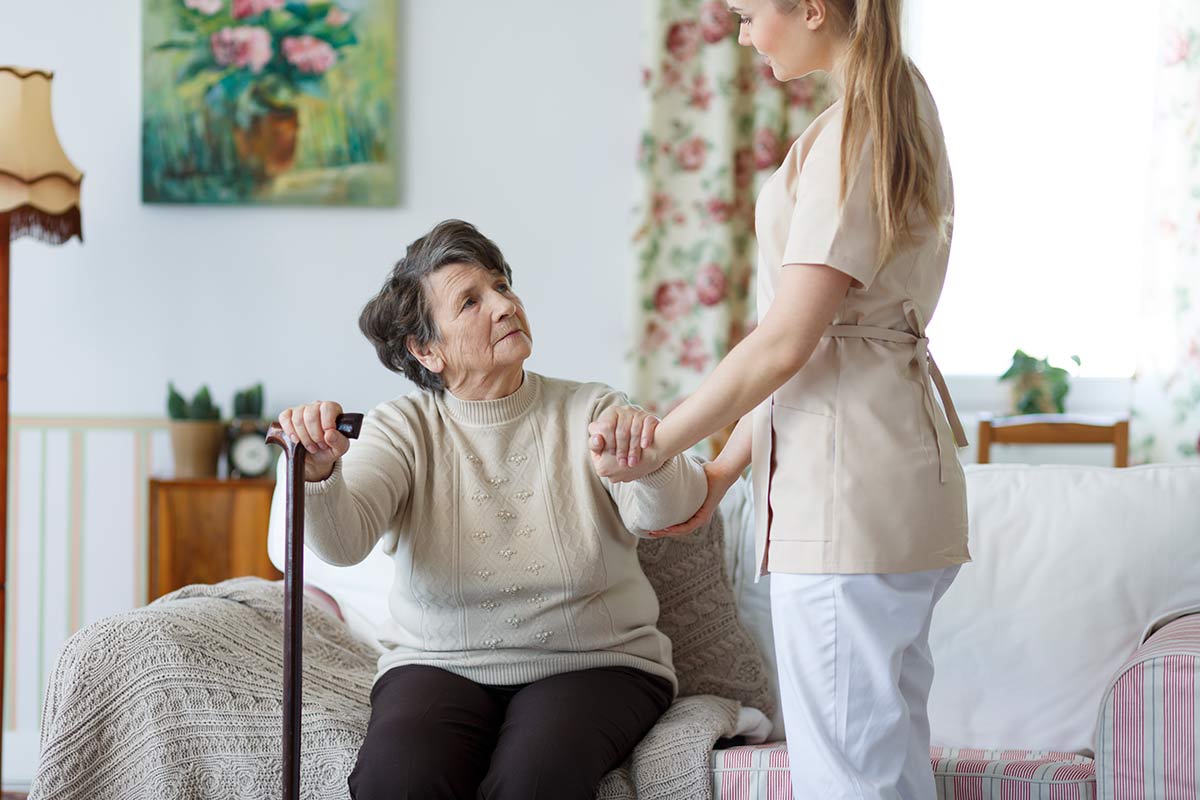
Sometimes a balance deficit is only identified after a fall has already happened. With increased life expectancies around the world, the frequency of falls will continue to rise if we fail to diagnose balance loss in time. The most common and incapacitating injury caused by falls is hip fractures.
Once someone has already fallen, how can we rehabilitate their functional balance when they have both a physical disability and an added fear of falling?
According to the UK Department of Health (2014), “short and long-term outlooks for patients are generally poor following a hip fracture, with an increased 1 year mortality of between 18% and 33% and negative effects on daily living activities such as shopping and walking. A review of long-term disability found that around 20% of hip fracture patients entered long-term care in the first year after fracture.”
After such a traumatic event, the success of rehabilitation depends on each case, but usually starts with improving the range of motion in hip and knee joints, muscle strengthening, coordination and balance restoration. Little by little, recovering functional balance will boost the quality of patient life and confidence.
Functional balance and cognitive impairment in the elderly
There is evidence that physically active elders have better cognitive performance. In fact, physical activity has been associated with neurogenesis – neural cell proliferation – meaning that there is neuroplasticity when the brain is stimulated. This is true even in older adults’ brains.
Loss of balance can often contribute to reduced physical activity because of the fear of falling, which could gradually evolve to physical impairment and, therefore, result in faster cognitive impairment. That is why it is crucial to treat the source of the anxiety. Improving balance by strengthening core muscles, especially ankle muscles, will most definitely contribute to a decreased risk of falls, and will keep minds sharper and confidence boosted!
Further reading:
- Grover, S., Atkin, R., and McGinley, C. 2015. Certainty as a Provocation: The Design and Analysis of 2 Quant-Qual Tool Dyads for a Qualified Self Technology Project. In: Proceedings of the 2nd Biennial Research Through Design Conference, 25-27 March 2015, Cambridge, UK, Article 22. DOI: 10.6084/m9.fgshare.1328004
- Delbaere K, Sherrington C, Lord SR. Falls prevention interventions. In: Marchus R, Feldman D, Dempster DW, Luckey M, Cauley J, eds. Osteoporosis. 4th ed. Philadelphia, PA: Elsevier; 2013:chap 70.
- Donath L, van Dieen J, Faude O. Exercise-based fall prevention in the elderly: what about agility? Sports Med. 2016;46:143-149. PMID: 26395115
